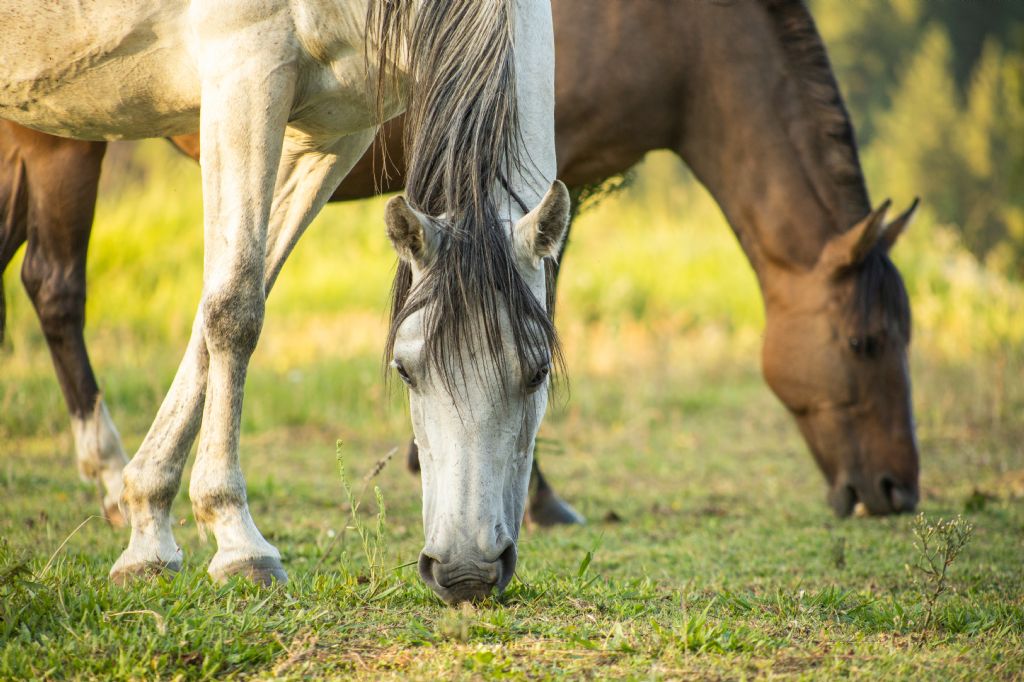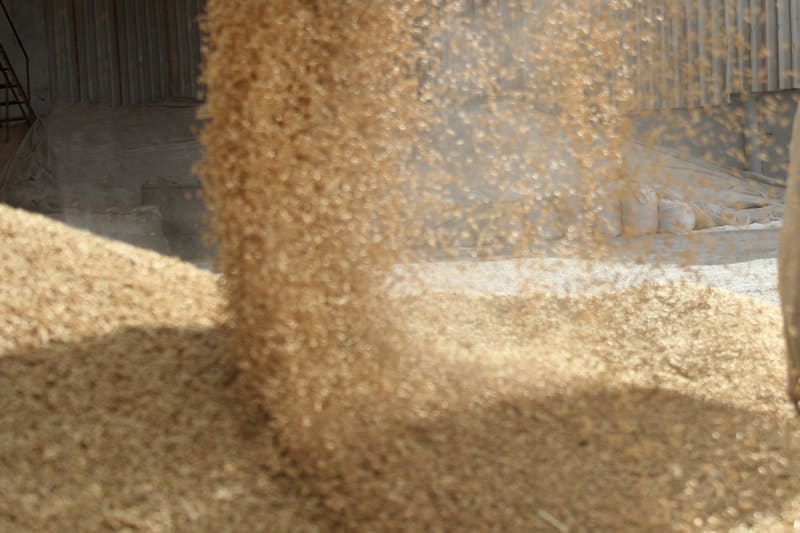Bluegrass News
As natural grazing animals, when out on grass horses consume small high fibre, low starch meals frequently throughout the day. Owners have incorporated this knowledge into management practises feeding high fibre diets to meet daily dry matter content and avoiding large high starch feeds.
Forage should always be the base when developing a diet, working on a minimum of 1.5% of body weight in dry matter per day (based on a 500kg horse). Concentrates and supplements can then be added to “fill in the gaps” of any requirements by that individual horse that are not provided from the forage. Long periods without forage should be avoided as this can increase the risk of developing Equine Gastric Ulcer Syndrome (EGUS) or Hindgut Acidosis.
Meal size of concentrate feeds has been a focus of research in recent years, with links between large starch meals and the development of gastrointestinal problems. Horses have a small stomach in comparison to their size and have a limited capacity for digesting starch due to their lower production of the enzyme amylase. Large meals can pass into the large intestine undigested resulting in decreased pH, increased lactic acid production and damage to the microbiome population, resulting in conditions such as hindgut acidosis or laminitis.
*A recent study looked at the impact of meal size of digestibility, they split horses into 4 groups with different quantities of meal throughout the day; 2 meals, 4 meals, 6 meals and 8 meals. They found a steady linear increase of digestibility as meal times increased. The researchers proposed the reason for this was due to the slower transit time and so digesta was exposed to digestive enzymes and microbe fermentation for longer.
This suggests that reducing meal size increases feed efficiency and utilisation which is important for performance horses and for horses gaining weight. It also highlights that these small feeds should be considered for both concentrates and forage. The use of slow feeders and haynet’s have been effective in increasing time spent eating by slowing down consumption. It is not always practical for owners to feed several times throughout the day and so these feeding tools can be useful. Aim to feed at least three times a day splitting forage and concentrates equally throughout these meals.
For further information or advice contact the Bluegrass Horse Feed nutritional helpline – 028 3754 8276
*Direkvandi, E., Y. Rouzbehan, and H. Fazaeli. 2021. The positive impact of increasing feeding frequency on feed intake, nutrient digestibility, and blood metabolites of Turkmen horses. Journal of Equine Veterinary Science 98:103390.












